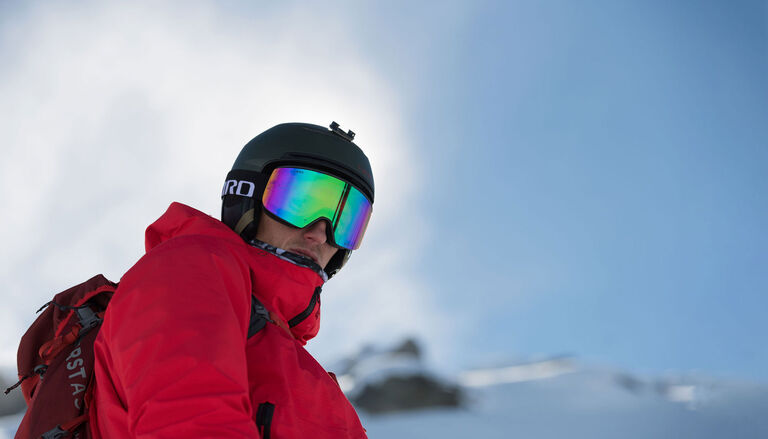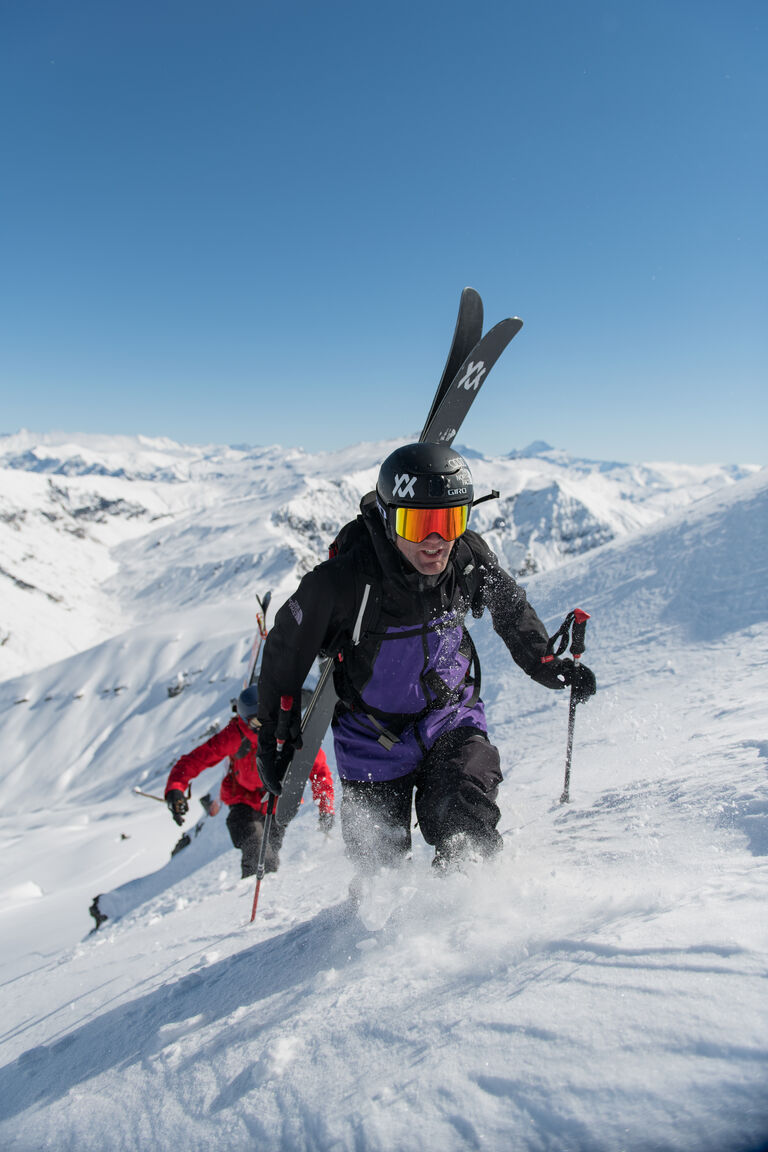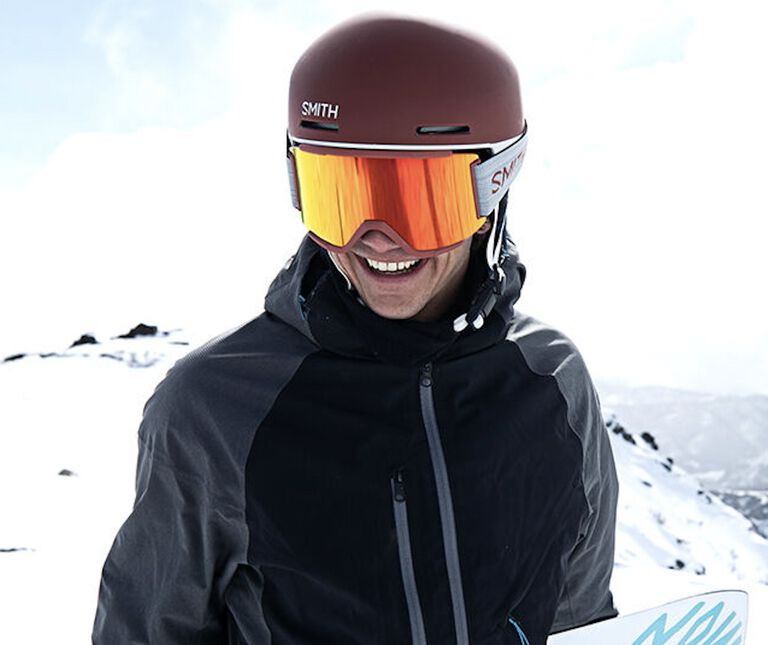
Christy Sports – Skiing & Snowboarding Goggles
HOW TO CHOOSE THE RIGHT GOGGLES FOR SKIING & SNOWBOARDING
Spending time on the slopes on a clear and sunny day is everyone’s dream, but the sun’s glare off the snow is bright and intense. A stormy powder day is even better, but it’s hard to ski with snow in your eyes! A great pair of goggles is essential to shield your eyes from the sun, wind and snow. High quality goggle lenses can help you better see the terrain and improve your skiing or riding. With so many goggle options for both adults and children, it can be confusing to pick out the right pair. This guide will help you understand the different options and features available and decide what pair of goggles will work best for you.

LENS SHAPE
Lens shape is one of the primary factors that differentiates ski and snowboard goggles. Goggles are designed with one of two lens shapes: cylindrical or spherical. Cylindrical lenses curve side-to-side across your face, but the lens remains flat vertically from your forehead to nose. Cylindrical lenses generally sit closer to the face than spherical lenses. Spherical lenses curve both side-to side across your face and vertically top to bottom. In the past, spherical lenses were considered to provide a better field of vision and less glare than cylindrical lenses. However, modern cylindrical lens technology like that found on the Giro Contour goggle shows that cylindrical lenses can compete with the very best spherical lenses. Innovative new lens shapes like the birds-eye view lens of the Smith 4D Mag Goggle provide even more options.

VENTILATION
Goggles that fog up can ruin your day on the mountain – it’s hard to have fun skiing or riding when you are struggling to see. Goggles fog because of the mix of warm air from your face and the cold conditions outside. Goggle manufacturers use two main tools to combat the problem of goggle fog. The primary method is vents, which are placed around the edges of the goggle frame to allow air to circulate through the goggles, keeping moisture at bay. Most goggles use a foam membrane to allow air to flow through the vents while keeping snow out. Many goggles also use an anti-fog coating on the inside of the lens. These coatings are a chemical barrier that prevents water from condensing on the inside of the lens. It is important to remember to never wipe the inside of a goggle lens if it gets wet or snowy because this can permanently damage the anti-fog coating. Instead, let the goggles air dry naturally so they can keep performing their best! Christy Sports has numerous goggles that provide great ventilation and anti-fog so that you can keep skiing your best all day.

Visible Light Transmission and Lens Color
Goggle lenses filter and accentuate light and colors in your field of vision. The amount of light that filters through the lens and reaches your eyes is called visible light transmission (VLT). Goggle lenses will be characterized by their level of VLT. Lighter lens tints with a 40%-70% VLT are better for cloudy or snowy days because they allow more light to pass through. Darker lens tints with a 5%-30% VLT are better for sunny days because they function like sunglasses, further reducing the amount of light that reaches your eyes. Many goggles come with two interchangeable lenses with different amounts of VLT so that you can adjust your goggles to best suit the conditions of the day.

FRAMES & FIT
Make sure you choose goggles that are comfortable and fit your face properly. They should be snug enough to keep snow out and stay in place, but not too tight. There are different models of goggles designed for different size faces—if you know you have a particularly large or small face, seek out a goggle designed for your size. Smith’s popular I/O MAG goggle line, for example, offers a small, normal, and X-Large option. It is also important to keep your helmet size and design in mind when looking for ski and snowboard goggles. You want a snug fit between the helmet and goggle interface to avoid the dreaded “helmet gap.” When buying online, a safe bet is to buy goggles that come from the same brand as your helmet. For example, if you have a Smith helmet, it is a good idea to consider Smith goggles. The same holds true for other brands like Giro. If you are shopping in store, it is a good idea to bring your helmet in to make sure it fits with the goggles you pick. If you need more help picking out the right goggles, stop by any Christy Sports location so our experts can help you make the best decision to enjoy your time on the slopes this season.


